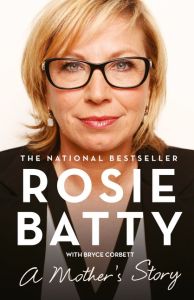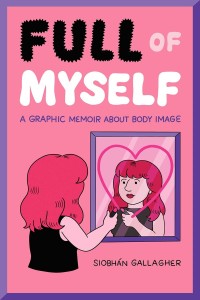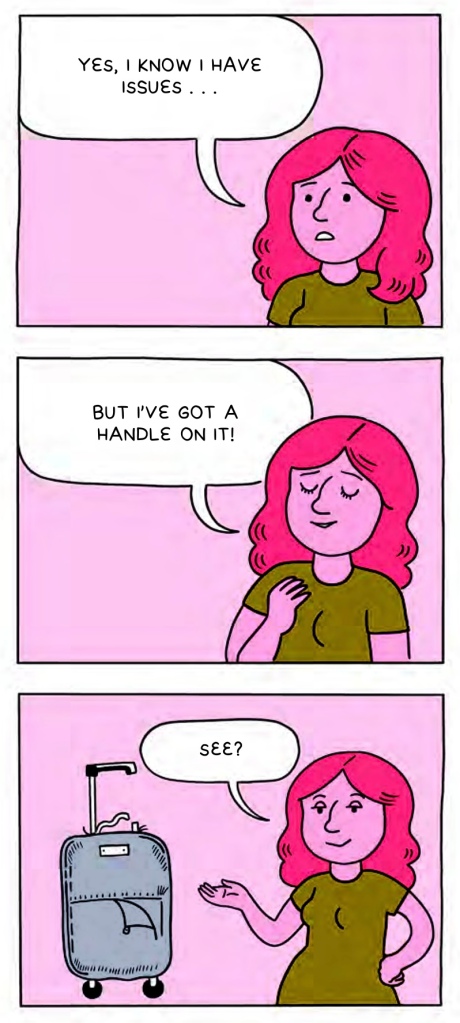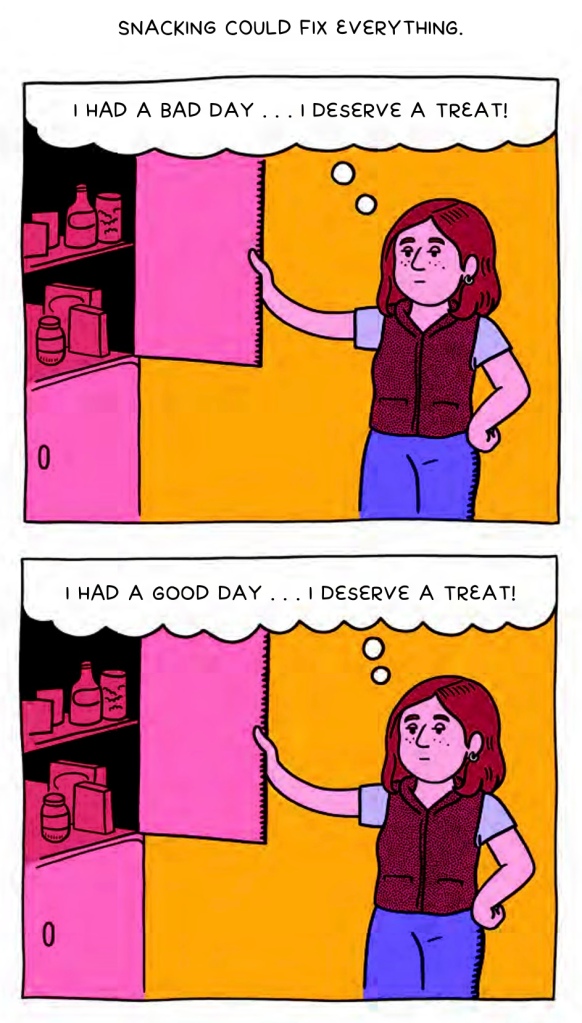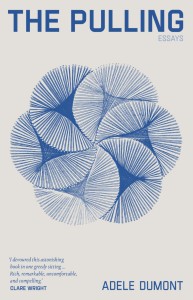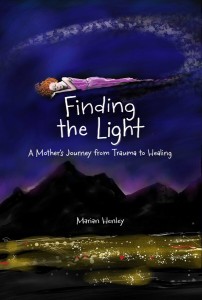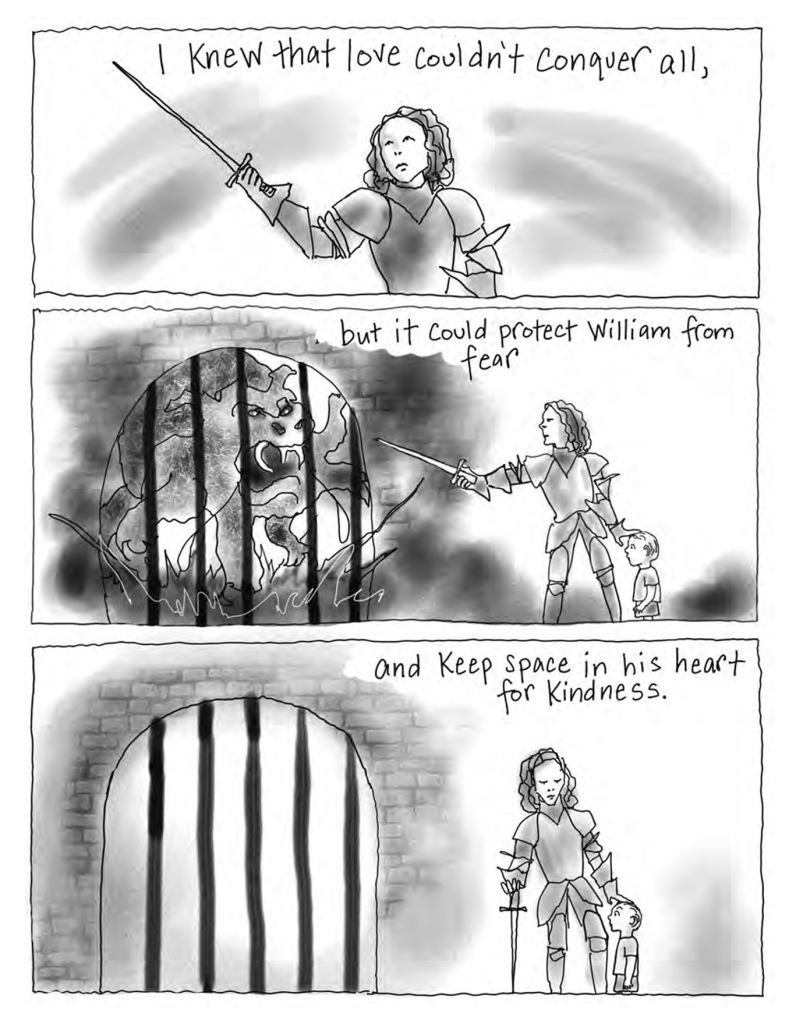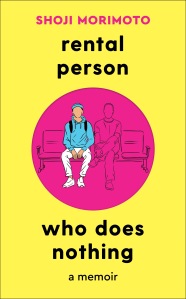Editor – Jordan Engle
If I survive today, tomorrow I’ll be free.
I finished reading this book a few days before Edie celebrated her 97th birthday. Revisiting her story at this time, it struck me again how close she came to not surviving to adulthood. If not for a loaf of bread…
After everything she experienced at Auschwitz, Edie could have chosen to retreat from the world, consumed by bitterness and resentment. Instead, she has used her pain to create a life where she offers hope, wisdom and a heart that clearly still dances to others. Her family. Her clients. Her students. A lifetime of connections across the world.
I was first introduced to Edie’s story in 2020. I’ve read The Choice and The Gift, and participated the first time her masterclass, Unlocking Your Potential, was offered. I feel like I know Edie’s story quite well at this point.
This book, adapted from The Choice but with about 30 percent new content, tells Edie’s story without interruption. It explores her life before, during and a short time after Auschwitz from the perspective of the teenager she was at the time.
You’ll be introduced to her first love, witness some of the horrors beyond the gate that bears the words Arbeit macht frei and learn how Edie began to pick up the pieces of her life after she survived against all odds.
I was longing to share with you the tools that helped me survive the unthinkable, longing for you to know that a story of humans’ capacity for evil is also a story of our inexorable capacity for hope.
Edie’s story is one I will never forget. No matter how many times I read or hear it, it never loses the impact of the first telling. Her courage, time and time again, when one wrong decision would have resulted in her death, baffles me.
“Just remember, no one can take away from you what you’ve put in your mind.”
Her resilience in the aftermath of experiences that render trauma too small a word inspires me. The choices she has made to turn unimaginable evil into a life that is a beacon of light gives me hope. If Edie can do it, we can too.
We can’t ever change what’s happened to us. We can’t alter the past or control what’s coming around the next corner. But we can choose how we live now. We can choose whom and how to love.
Thank you so much to NetGalley and Rider, an imprint of Ebury Press, Penguin Random House UK, for the opportunity to read this book.
Once Upon a Blurb
In 1944, sixteen year old ballerina Edith was sent to Auschwitz and endured unimaginable experiences. When the camp was finally liberated, she was pulled from a pile of bodies, barely alive.
Celebrated therapist and Holocaust survivor Edith Eger captivated millions with her incredible tale of survival and strength in her bestselling book The Choice.
Now, in The Ballerina of Auschwitz, Edith revisits her wartime experiences in a deeply personal retelling, through the eyes and emotions of her teenage self. Through this reworking of her poignant narrative, Edith brings readers of all ages into the heart of her experiences, offering a compelling message of hope and resilience that will ensure her story is never forgotten.



